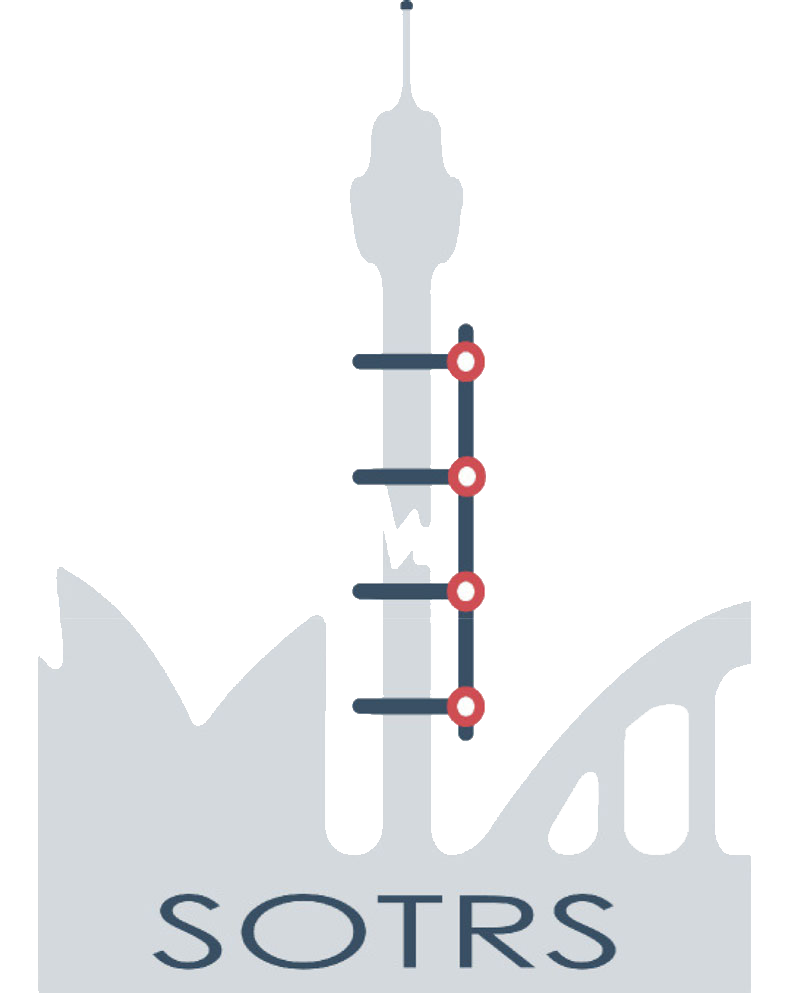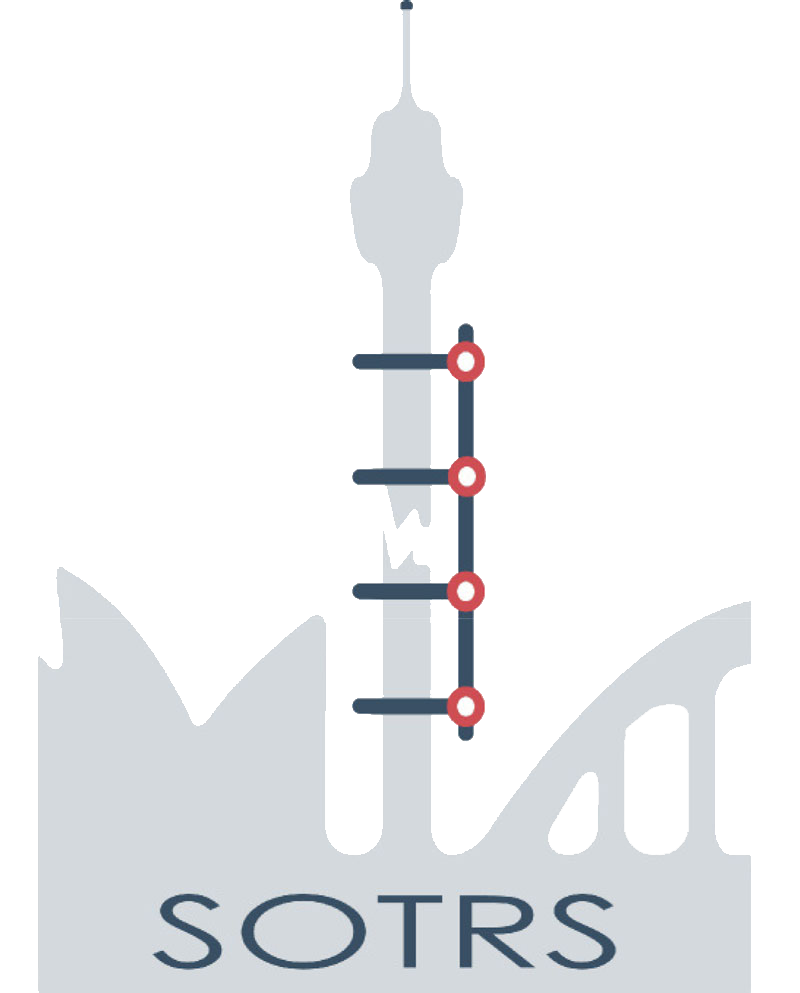The anterior cruciate ligament is an intraarticular (within the joint) ligament, and as such heals poorly. For this reason, it is almost always reconstructed with a substitute ligament, rather than being repaired.

In our practice, the hamstring tendons are used almost exclusively. There remains disagreement as to whether the patella tendon or hamstring tendon repair is best. Review of the latest literature shows that there is little difference in outcome although hamstring reconstructions allow for an easier post operative rehabilitation for the patient.

